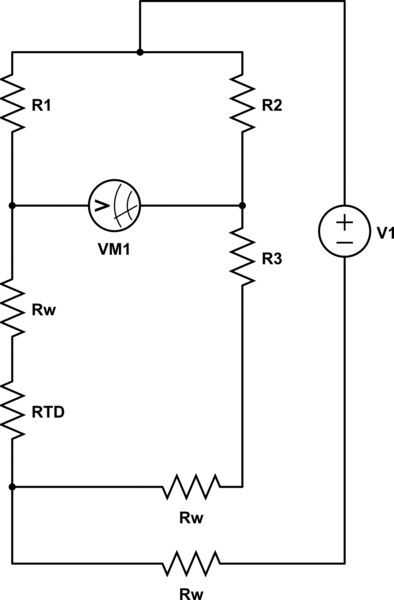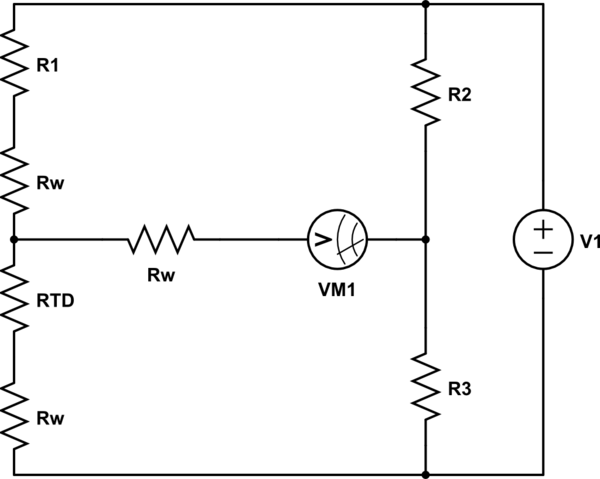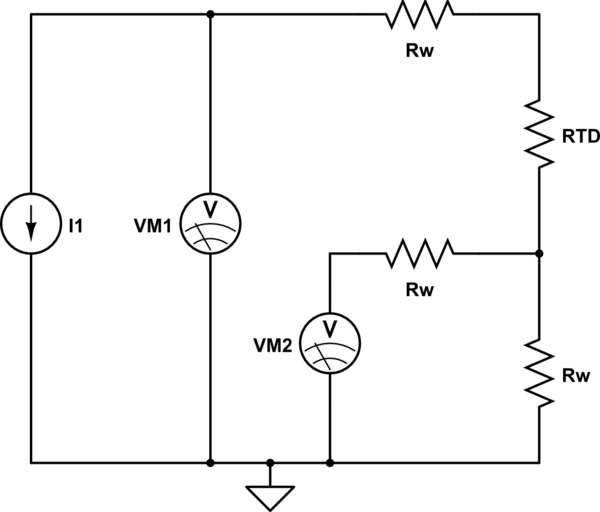Okay, number 1- think of the resistors to the much higher excitation voltage as constant current sources:
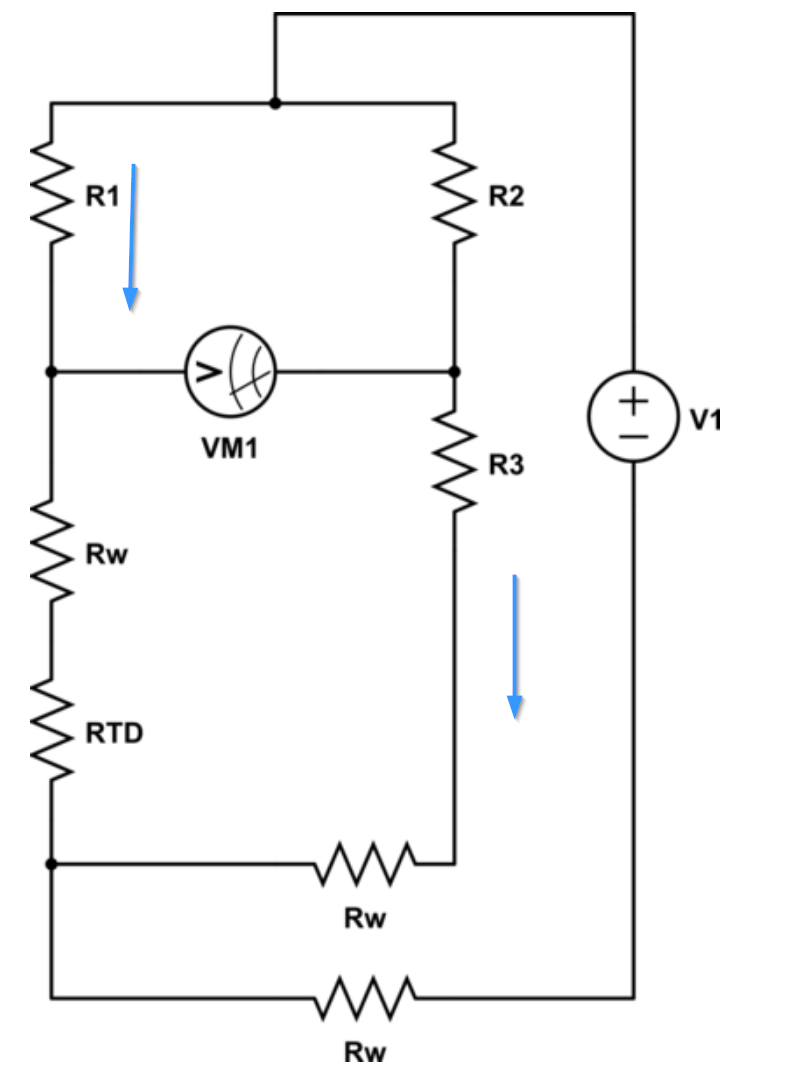
The two currents are chosen to be the same (nominally) so the voltages across Rw cancel out with a commmon-mode voltage of 2IRw.
I don't think the middle one works.
The last one, yes you can subtract double the voltage with a differential amplifier.
It's also possible to do something like this:
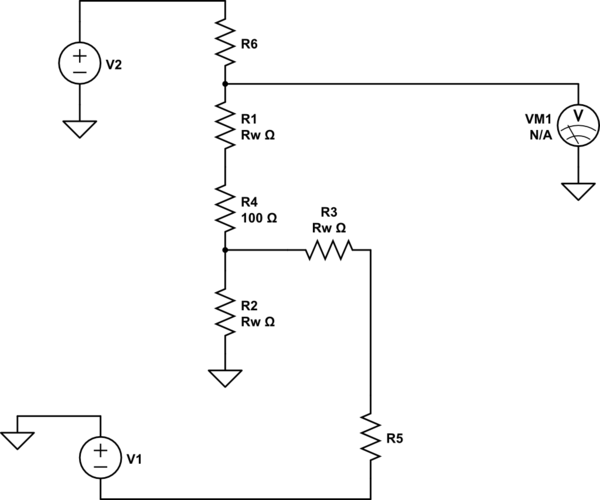
simulate this circuit – Schematic created using CircuitLab
Where R5 is chosen to pass double the current of R6.
There are many ways to skin this particular cat. You would also find various application notes from IC manufacturers that emphasize the use of expensive boutique chips they happen to supply.
Since the resistors are not perfect constant current sources, the cancellation will not be perfect and it will vary with the measured temperature but that's okay for most industrial situations as the wire resistance is usually much lower than the sensor resistance anyway and it's not perfectly matched since they are physically different wires of similar length. It's not the mathematically-elegant 4-wire situation, but more than good enough and used by 99.9% of all industrial installations.
